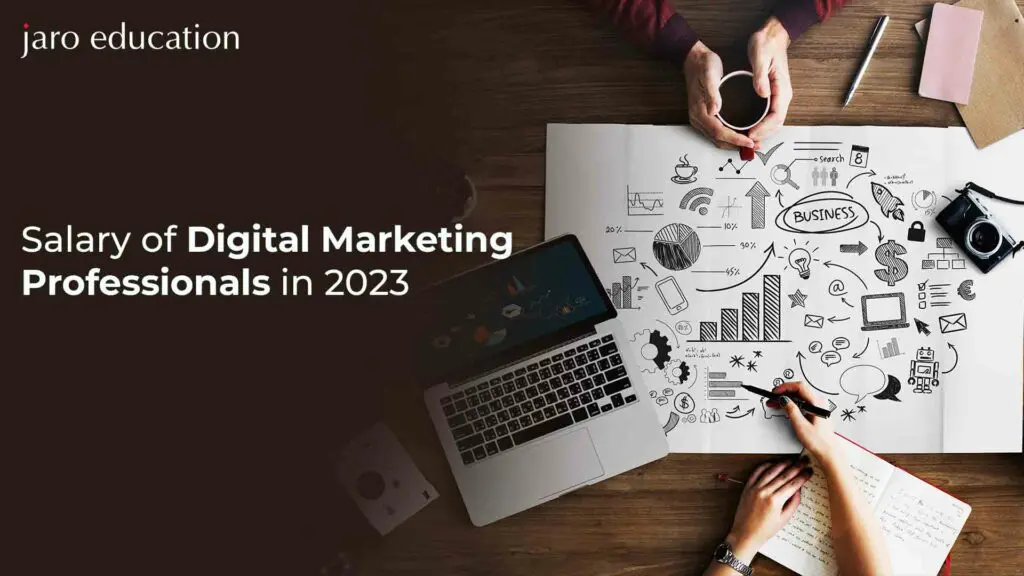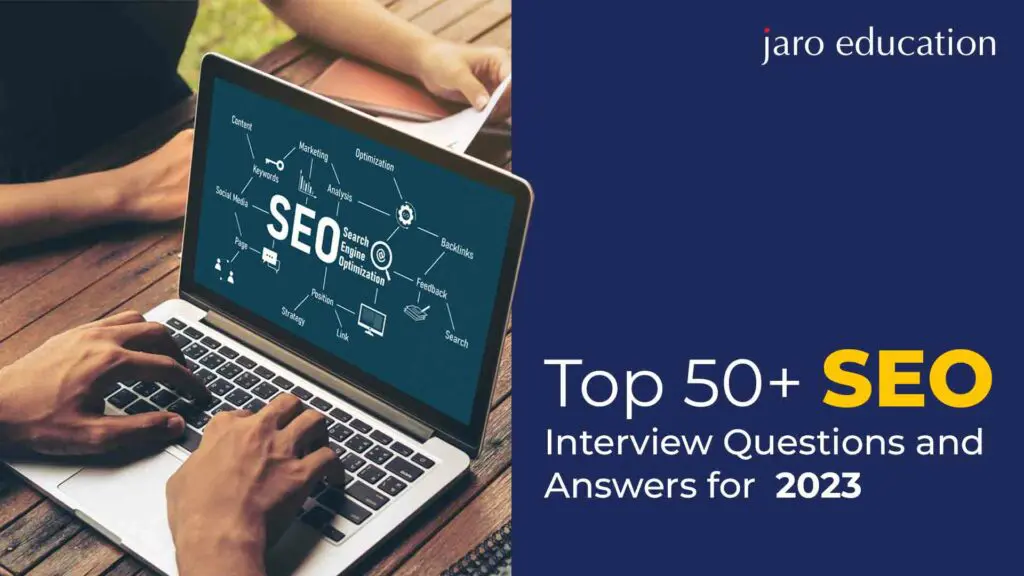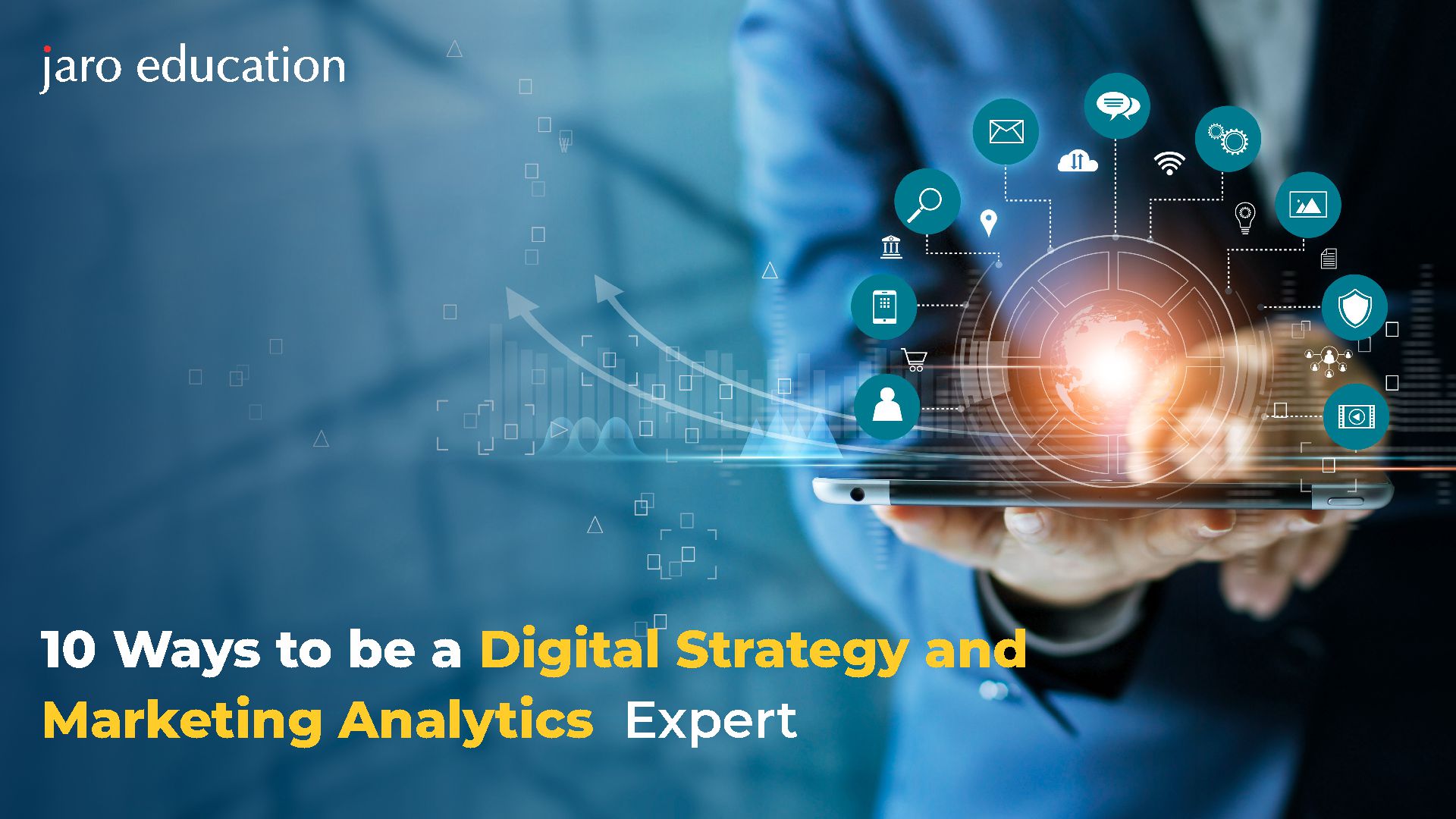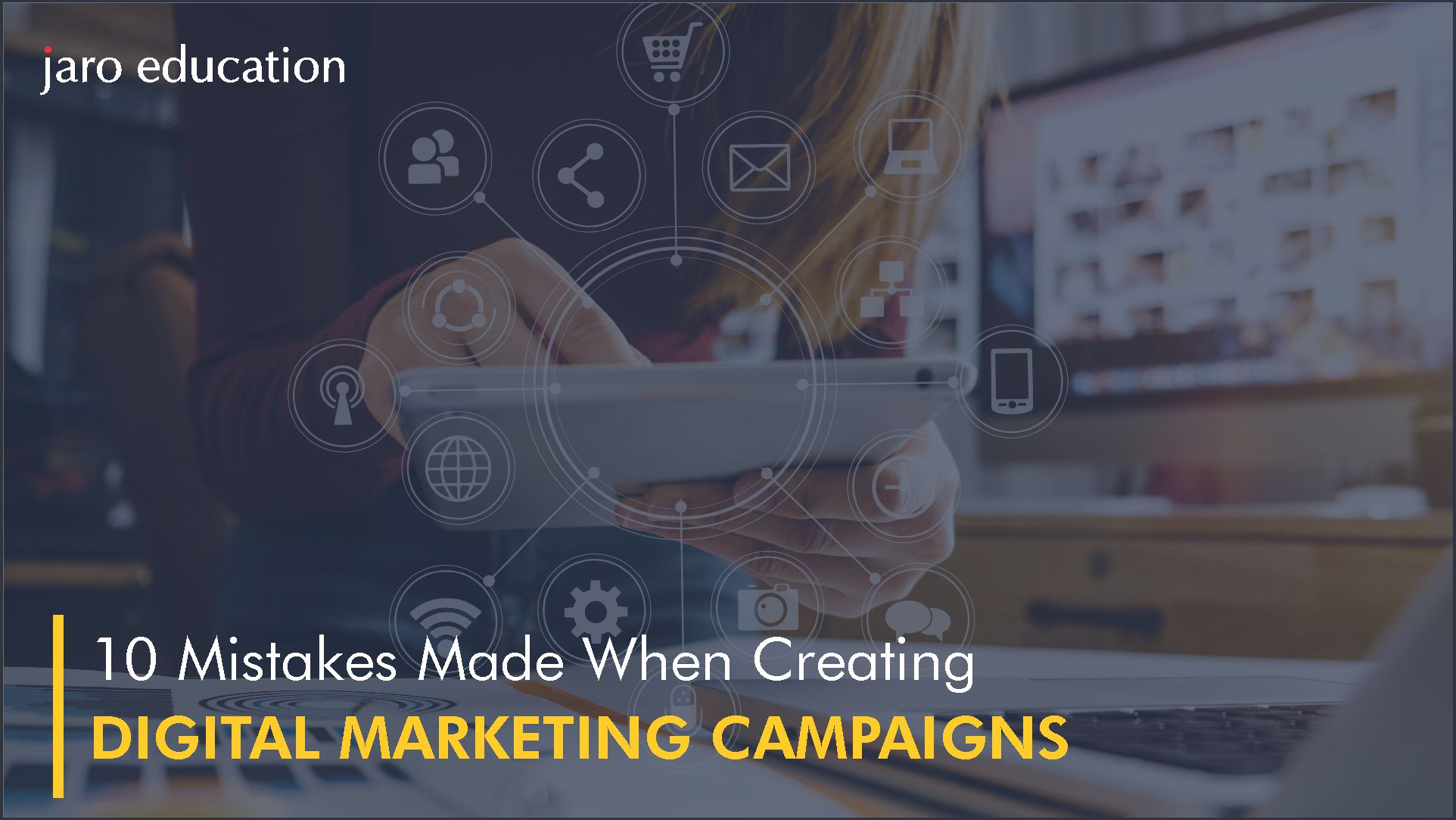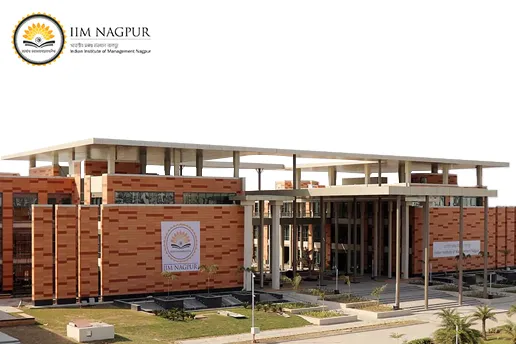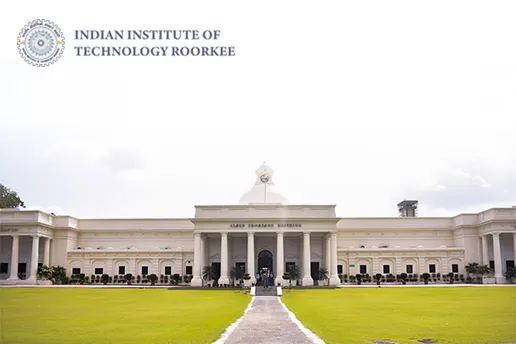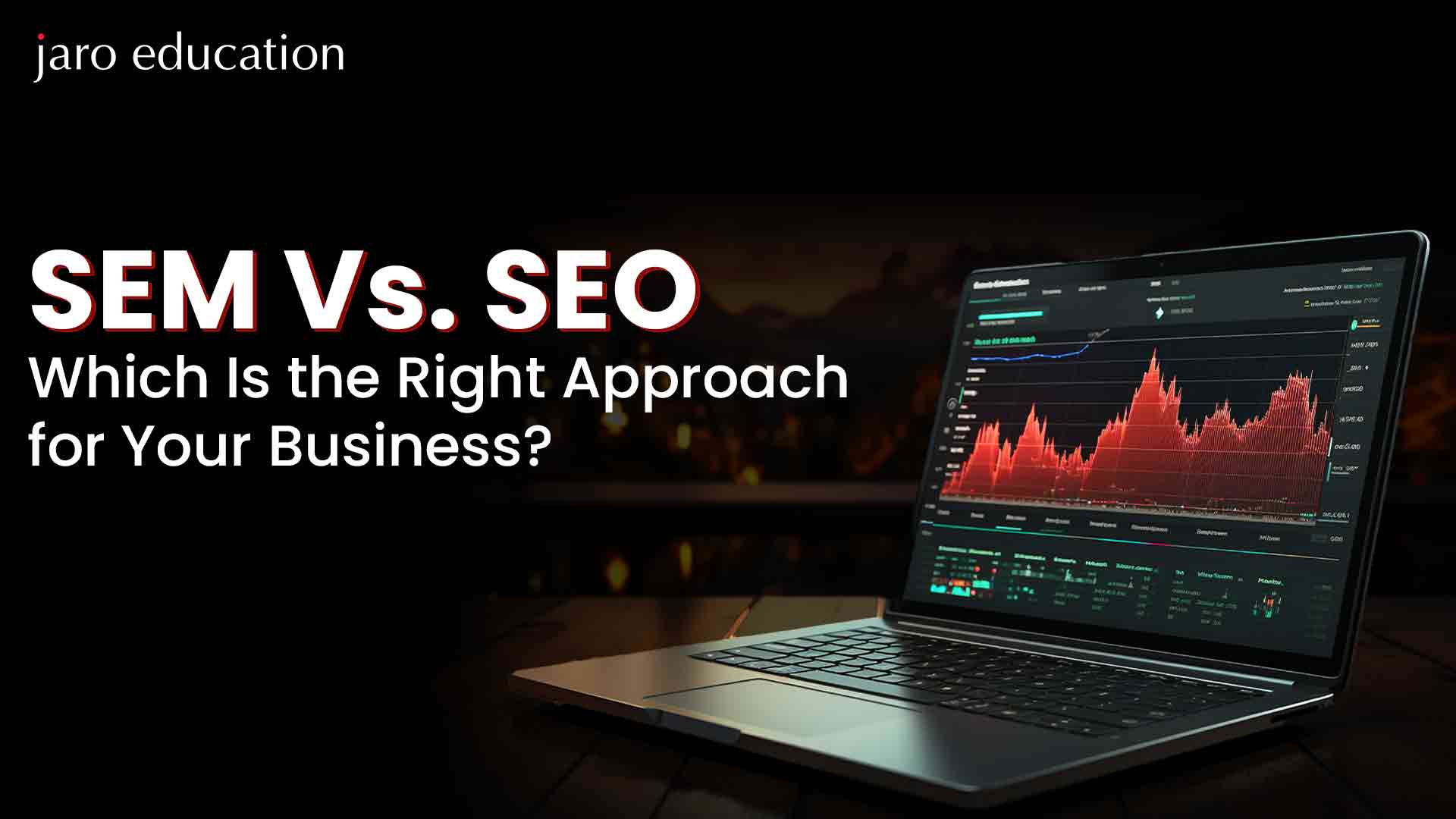
- jaro education
- 30, January 2024
- 11:00 am
In today’s competitive and digitized world, every business is keen on finding ways to improve its online presence. Two vital approaches that compete with one another involve SEO and SEM. They are vital elements in the field of digital marketing, although each has distinct approaches, expenses, and time schedules.
In this blog, we will focus on the comparison of SEO vs. SEM. Plus, we will point out their strengths and weaknesses so that you are well-informed to determine where the best strategies for your business lie.
Basics of SEO: Understanding How It Works
Search Engine Optimization can be described as a multi-faceted approach, which primarily targets the optimization of your website for better standings in search engines, thereby driving organic traffic. It encompasses a wide range of techniques and best practices including:
Improving Site Speed
Not only does it improve user experience, but it is also likely to positively affect the website’s ranking in Search Engine Result Pages (SERP). For instance, page speed is considered a ranking factor by Google.
Quality Content
In essence, SEO thrives on content being a king. Writing quality, up-to-date, and inspiring texts is not just about bringing people in; it can also help with ranking.
Link Building
SEO thrives on earning links from relevant and prestigious websites. Backlinking to a search engine implies that a website is credible, trusted, and in authority in a particular field.
Table of Contents
Technical SEO
This entails refining some technical elements of the website that include mobile responsive capability, site architecture, and schema markup. They enhance not just the search engine rating but the user’s interest as well.
Keyword Research
SEO starts with keyword research, which forms the basis of the SEO strategy. It involves discovering which keywords and terms people use when looking for goods and services or any other information associated with your company.
The keyword research process involves understanding the target audience’s online behavior, search intentions, and other factors. Such insights will help develop an SEO strategy focusing on the appropriate keywords to attract the desired audience.
For instance, if you’re running a business that offers SEO services in Malaysia, understanding which keywords are relevant in your market is crucial. For example, compared to “SEO Services Malaysia,” which has a monthly search volume of 700, “Digital Marketing Agency in Kuala Lumpur” has a lower search volume of only 500 per month. Gaining such insight will guide your content strategy by enabling you to focus on the relevant keywords appropriate for the targeted audiences.
On-Page Optimization
This step is initiated after getting the right keywords for on-page optimization. This includes refining several on-page factors, like tweaking the content to correspond with specific keywords and offering a more improved experience to the users. Here are some critical aspects of on-page optimization:
Title Tags
The idea behind this is to make appealing and keyword-enriched title tags. Titles are the first thing users see in search returns and, therefore, greatly influence click-through rates.
Header Tags
Ensure you have organized material that includes headlines tagged with H1, H2, or any other category, as it makes reading easy for the audience and search engine to understand your material hierarchy.
URL Structure
This helps generate click-through rates and rank on the Search Engine Results Page (SERP).
Meta Descriptions
By writing quality meta descriptions, you can entice potential viewers to click on your search results. Although meta description does not affect rating outright, it significantly drives clicks.
Off-Page Optimization
Off-page optimization includes elements outside your website that impact your search engines’ ranking. Link building is the main element of off-page optimization. It is critical to establish strong link-building to convince search engines that your website is credible and authoritative. Here’s how it works:
Backlinks
Links from other websites to yours are backlinks. Linking your content to an authoritative site will raise your website’s ranking and power.
Content Marketing
High-quality, sharable content attracts backlinks. Other websites might point out useful information by linking it as a resource for their pages as a reference.
Social Media Marketing
Publishing your content on social media sites may improve its visibility as well as attract further backlinks. Furthermore, unconventional elements like social signals may also influence the positioning of websites in search engines.
Technical SEO Factors
Technical SEO is equally important concerning the content and on-page optimization that impacts a website’s overall performance. There are also technical factors that deal with elements that lie outside the visible content of your website but do affect the user experience and the website’s rating by search engines. Some of the critical technical aspects of SEO include:
Site Speed
Your site’s loading speed is crucial as it influences user experiences with the website, directly influencing its search engine ranking. Faster loading sites lead to lower bounce rates, fewer bad ratings or reviews, and increased user satisfaction.
Mobile Responsiveness
With the rise of mobile device usage, it has now become necessary for any website to be mobile-responding. Google’s mobile-first indexing means that your site’s mobile version is considered the primary version for ranking and indexing.
Site Architecture
A well-structured website with clear navigation aids not only allows users to easily look for the information needed but also provides assistance to the search engine in crawling and indexing your content efficiently.
Basics of SEM: Understanding How It Works
The term Search Engine Marketing (SEM) refers to both organic and paid search strategies under the umbrella of Search Engine Marketing. SEM is focused on enhancing website traffic and visibility through search engines. Below are the ways SEM can be utilized.
Pay-Per-Click Advertising
A major component of the SEM method is Pay-Per-Click (PPC) advertising. This strategy enables businesses to place and show ads on search engine results pages. One characteristic of PPC advertising is that you must only pay when someone clicks on your ad. The system helps you manage your budget effectively and reaches out to targeted prospective customers searching for products/services that resonate with your organization.
For example, if you own a small electronics store, you can create a PPC ad campaign targeting words like “buy new laptop.” You will be paying for every single click that directs someone looking to purchase a computer to your site and attracting more individuals desiring to buy a laptop to it as well.
Ad Campaigns
The process comprises creating and implementing successful ad campaigns, also known as SEM strategies. Here are the essential steps to create successful ad campaigns:
Understanding Your Target Audience
It is paramount to know your target audience before developing any efficient advertising campaign. Such factors constitute categories like demography, interest, and behavior.
Defining Campaign Objectives
To begin with, you need to define the goals of your campaign. Be that generating leads, increasing sales, or raising brand awareness.
Creating Compelling Ad Copy
When users get to see your ad copy, it means your ads have appeared on a particular search engine. Develop an effective Ad copy that is persuasive enough for it to make more people click.
Selecting Keywords
Utilizing appropriate keywords in a pay-per-click advertisement. Choose a few enchanting and important keywords that you consider relevant and can attract an audience.
Monitoring and Optimization
Successful SEM campaigns must be monitored and optimized in order to ensure success. It is important to analyze the campaigns, take appropriate actions, and distribute your budget on every advertisement correctly to accomplish your business targets.
Bidding
The most significant element of an SEM is competitive bidding. For instance, in the case of platforms such as Google Ads, placement of ads within the search engine results page occurs through an auction model. As a result, advertisers bid over the same keywords, leading to rankings depending on the highest bid amount and ad quality. There exist several bidding strategies that include manual or automatic bids, which can perfect the optimization of bidding strategy and high returns on investments. Here’s how bidding works:
Keyword Selection
This involves selecting keywords that are relevant to your business and then creating an advertisement that is displayed when users search for these keywords.
Bidding Strategy
In this step, you will set up your max bid, that is, the most amount of money you are ready to spend per click on your ads. They include manual bidding, automatic bidding, targeted return on ads spend, and more.
Ad Rank
Ad rank is what determines your ad’s position on the search engine results. This is determined by the bid amount, ad quality, and ad extension.
Ad Quality
When determining ad rank, the quality of your ads is considered by search engines. Ad quality is influenced by factors like ad relevance, landing page experience, and click-through rate (CTR).
Understanding the Core Differences Between SEO and SEM
Now that we have understood what is SEO and SEM, it is important to know that while SEO and SEM share the goal of improving a website’s visibility in search engine results, they differ in several key aspects:
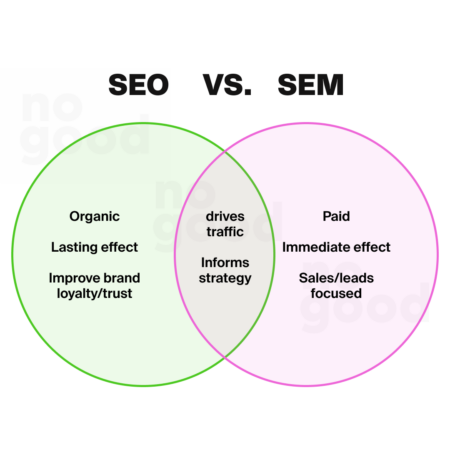
*nogood.io
Organic vs. Paid Traffic
The primary distinction is in the source of the traffic. SEO concentrates on generating organic traffic from search engines by using SEM, which embraces both organic and paid elements of marketing and paid ads.
Short-Term vs. Long-Term Strategies
SEO requires consistent efforts and patience. However, it might take several months before you start seeing any major results. The initial effect of this strategy is that you can get an instant response since it has a paid advertising component.
Cost Structure
At times, SEO can be seen as the most affordable option in the long run, since it draws natural visitors without any additional charges. On the other hand, SEM uses the Pay-Per-Click (PPC) model, where expenses could soar out of control, especially in highly competitive industries.
Visibility and Rankings
In contrast, while the improvement in organic search rankings may take time and some effort, it is long-lasting. With SEM, there is immediate visibility through paid search ads; however, that visibility disappears immediately after the ad budget runs out.
When to Focus on SEO?
There are specific scenarios where SEO is the more suitable strategy for your business:
Limited Budget
If you are on a shoestring budget, SEO could turn out to be an economical way to promote your small business. Although SEO involves initial work, its continual costs are lower.
Ranking for Informational Keywords
SEO for informational keywords may be useful in the case of educational services or materials oriented to users. SEO includes a strong content marketing element and is also very efficient for educational articles.
Link Building Expertise
Link building forms an integral part of SEO success. With the right knowledge and means of building great quality backlinks, SEO has the potential to considerably increase the page ranking of a website.
Niche and Local Businesses
For small businesses targeting certain local areas, it’s vital to leverage local SEO. As a location-based business, SEO can assist you in ranking local search results and, therefore, attracting nearby customers.
When to Focus on SEM?
There are scenarios where SEM makes more sense for your business:
No Ad Budget Constraints
With a consistent ad budget in place, the SEM strategy emphasizes quick pay-offs of paid ads. This particularly works well for companies with large advertising budgets.
Competitive Markets
It is specifically helpful in industries characterized by intense competition, making the organic ranking difficult, whereby an organization can stand out among its competitors using SEM.
Immediate Results
If your organization requires quick results and cannot afford to wait for the natural ranks development, this approach will work. With a paid advertising campaign, you can start seeing traffic straight away.
Product Launches and Promotions
SEM can prove decisive for short-term campaigns such as the launch of a new product, limited-time promotion, or special events.
E-Commerce and Online Retail
E-commerce businesses can benefit significantly from SEM, especially for product listings and shopping ads. It’s an ideal way to showcase products to potential buyers.
Integration
Integrating SEO and SEM strategies can provide several benefits:
Data Synergy
Insights gained from one approach improve the other. Information obtained from your SEM campaign is useful for enhancing your SEO strategies and helping improve those obtained from your SEO programs.
Unified Brand Messaging
Combining these two approaches will enable you to convey a unified message with organic paid results.
Effective Keyword Strategy
Using a dual approach, you can determine which keywords will yield the best results. PPC data may be utilized to determine the best-converting keywords to optimize your SEO approach on those keywords.
Increased Click-Through Rates
Research has established that sites attract visitors more when they appear as both organically ranked and paid in search engines’ result pages. Such sites are seen by users as more credible and relevant.
Wrapping Up
The choice between SEO and SEM is influenced by your business’s specific needs and goals. It is essential to comprehend the nuances of these strategies about their strengths and weaknesses while selecting the most suitable one.
The solution for many businesses will be a mix of SEO and SEM. The best result can be attained by leveraging the strengths of each approach and integrating them appropriately. SEO strategy is about sustainability, trustworthiness, and authority, while SEM, with its paid advertisement, offers immediate visibility and quick outcomes.
Professional success in a rapidly expanding Digital Marketing area demands the adoption of state-of-the-art procedures that ensure optimal results as well as efficiency in operations. IIM Kozhikode’s Professional Certificate Programme in Digital Marketing for Performance & Growth is a potent tool through which individuals or organizations can optimize the benefits of their digital operations. The comprehensive program is known for converting individuals into professional digital marketers. The course has a curriculum emphasizing practical applications in digital marketing coupled with experiential learning for a comprehensive understanding. The program’s 360-degree approach to marketing ensures that professionals are well-equipped to engage and convert digital consumers effectively.

